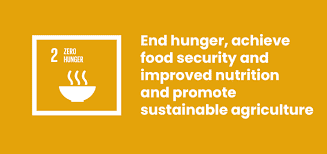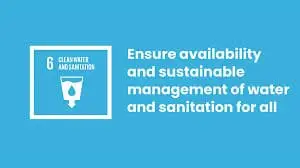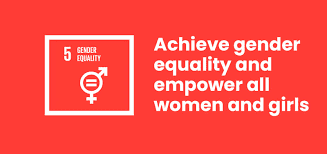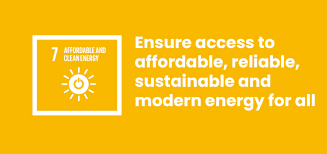The second Sustainable Development Goal (SDG 2) aims to end hunger, achieve food security, improve nutrition, and promote sustainable agriculture. SDG 2 recognizes that food security and improved nutrition are essential for a healthy, productive life and that sustainable agriculture is vital for feeding the growing global population.
Understanding Hunger and Food Security
Hunger is a severe issue that affects millions of people worldwide, leading to malnutrition, poor health, and reduced economic productivity. Food security means that all people, at all times, have physical, social, and economic access to sufficient, safe, and nutritious food that meets their dietary needs and food preferences for an active and healthy life.
Key Targets of SDG 2
- End Hunger: By 2030, end hunger and ensure access by all people, particularly the poor and people in vulnerable situations, including infants, to safe, nutritious, and sufficient food all year round.
- End All Forms of Malnutrition: By 2025, end all forms of malnutrition, including achieving, by 2025, the internationally agreed targets on stunting and wasting in children under 5 years of age, and address the nutritional needs of adolescent girls, pregnant and lactating women, and older persons.
- Double Agricultural Productivity: By 2030, double the agricultural productivity and incomes of small-scale food producers, particularly women, Indigenous peoples, family farmers, pastoralists, and fishers, including through secure and equal access to land, other productive resources and inputs, knowledge, financial services, markets, and opportunities for value addition and non-farm employment.
- Sustainable Food Production Systems: By 2030, ensure sustainable food production systems and implement resilient agricultural practices that increase productivity and production, that help maintain ecosystems, that strengthen capacity for adaptation to climate change, extreme weather, drought, flooding, and other disasters, and that progressively improve land and soil quality.
- Maintain Genetic Diversity: By 2020, maintain the genetic diversity of seeds, cultivated plants, and farmed and domesticated animals and their related wild species, including through soundly managed and diversified seed and plant banks at national, regional, and international levels, and promote access to and fair and equitable sharing of benefits arising from the utilization of genetic resources and associated traditional knowledge, as internationally agreed.
Strategies for Achieving SDG 2
- Promoting Sustainable Agriculture: Encourage practices that increase productivity while preserving the environment, such as crop diversification, organic farming, and conservation agriculture.
- Improving Access to Markets: Enhance smallholder farmers’ access to markets, ensuring they can sell their products at fair prices and have access to necessary inputs like seeds and fertilizers.
- Investing in Rural Infrastructure: Develop infrastructure in rural areas, including roads, storage facilities, and irrigation systems, to support agricultural productivity and market access.
- Strengthening Social Safety Nets: Implement social safety nets and nutrition programs to support the most vulnerable populations, ensuring they have access to adequate food and nutrition.
- Enhancing Education and Training: Provide education and training for farmers on sustainable farming practices, climate adaptation, and efficient resource use to improve agricultural productivity and resilience.
The Importance of SDG 2 in the 2030 Agenda
SDG 2 is crucial for the overall success of the 2030 Agenda for Sustainable Development. Achieving zero hunger will not only save lives but also contribute to improved health, economic growth, and sustainable development. By ensuring food security and promoting sustainable agriculture, we can create a world where everyone has access to the nutrition they need to lead healthy, productive lives.




